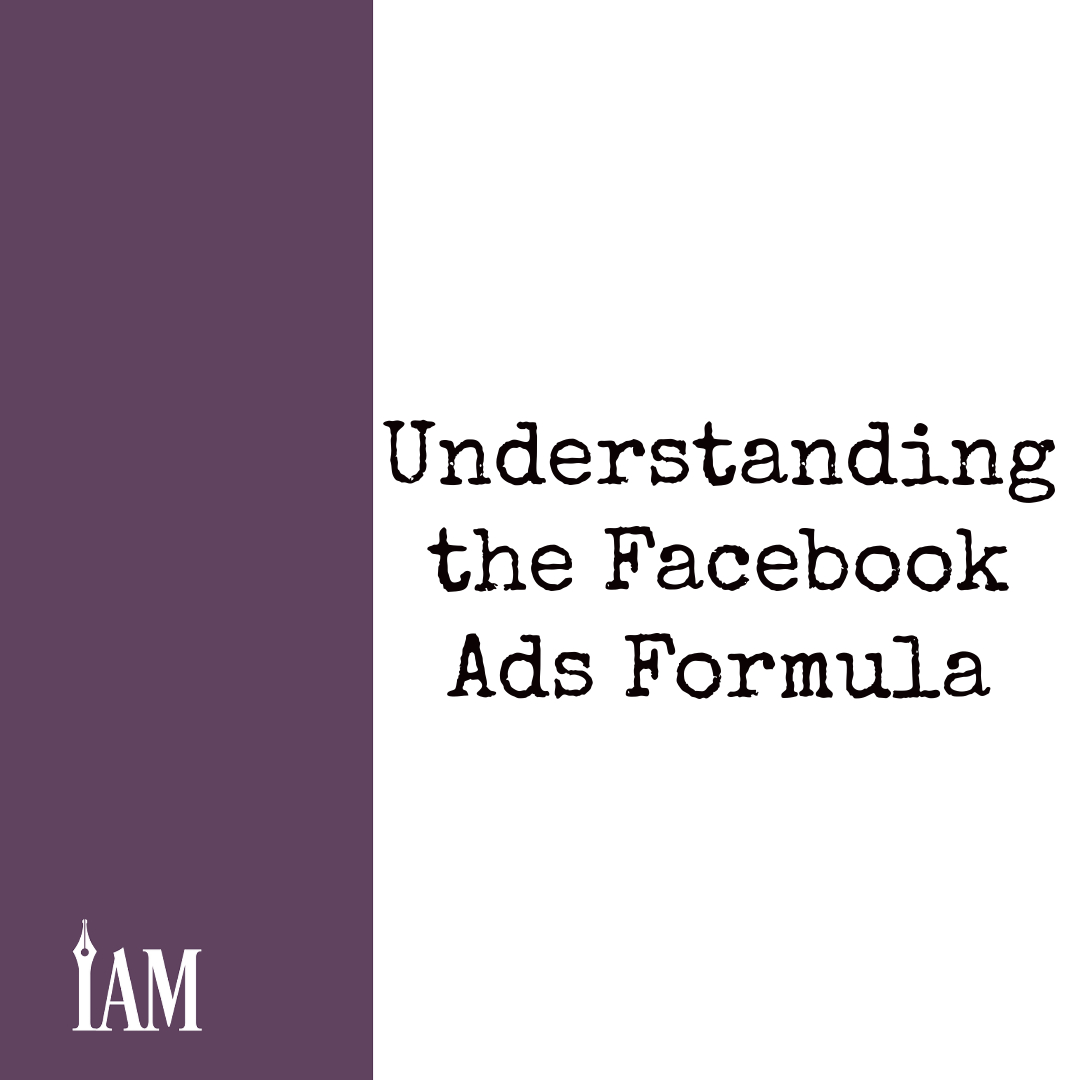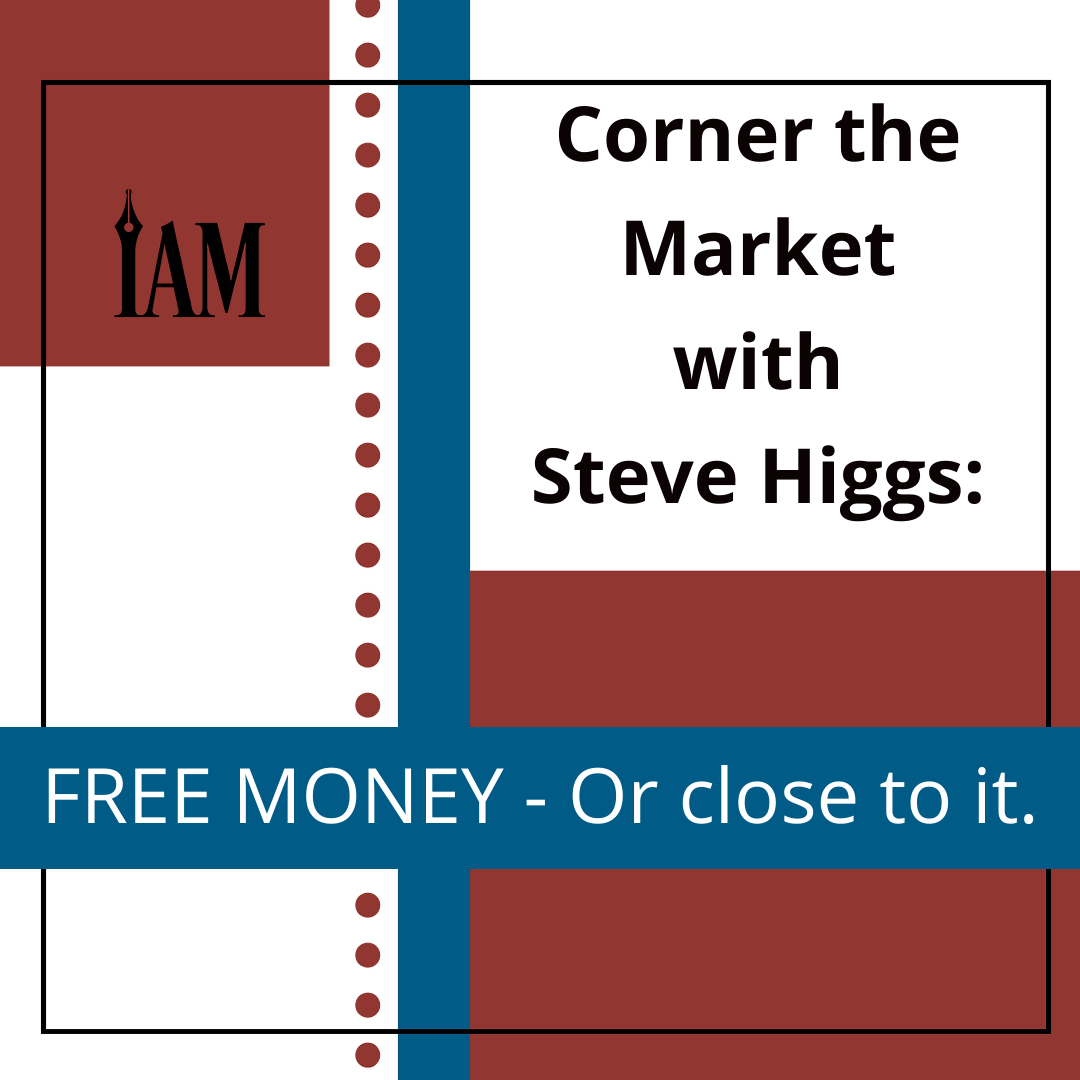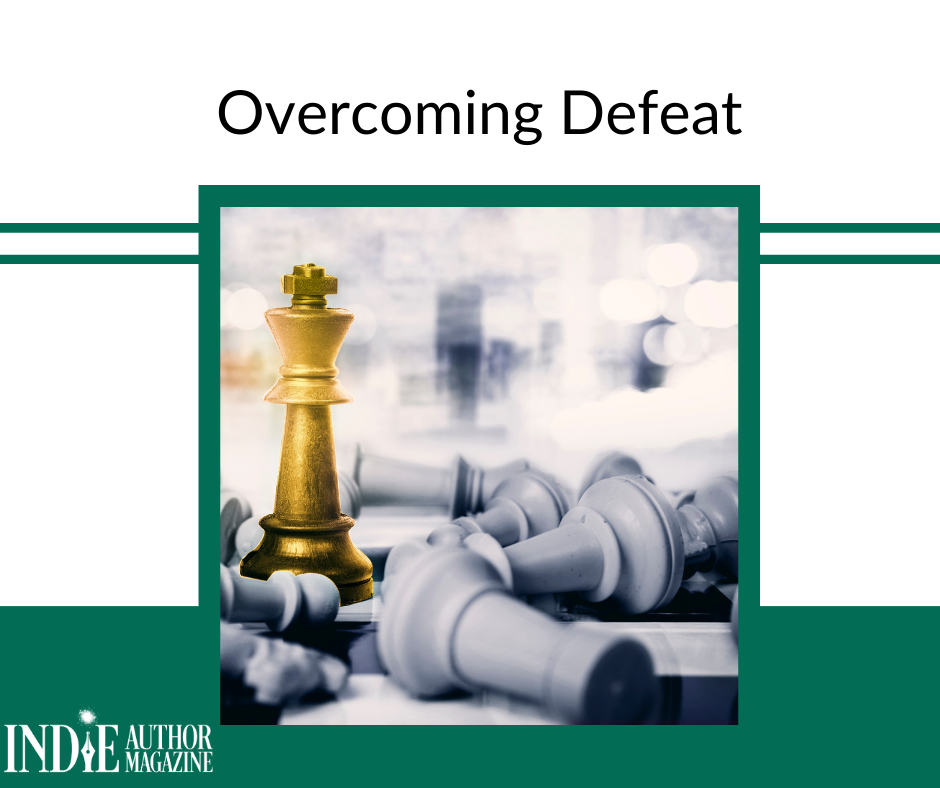Facebook’s advertising platform is, I would argue, the easiest ads platform to learn and the easiest to scale. You can spend a small amount of money and start selling books on the same day.
If you get it right.
Alternatively, you can hand your money over to Facebook in exchange for nothing. We want to avoid that. I won’t take you through creating a campaign on the platform; there are a dozen books out there that will guide you through it all in finite detail. Instead, we are going to focus on how to make ads that sell books.
The first point I want to put across is that Facebook is not trying to sell your book. It is finding people to click on your ad within the audience parameters you set. That is the end of its responsibility.
But you want people on Facebook to click on your ad, right? Wrong. You want people to click the call-to-action button, leave Facebook, and head over to your product page on whichever store you’ve selected. This is called an outbound click. Once a potential buyer lands on your product page, it is down to you to have that sorted with a hooky blurb and a devastatingly brilliant cover, so they have no choice other than to buy your book. None of that comes down to Facebook; they are just finding people who will click the ad and spend your assigned budget.
I will look at product pages another time. For now, we will assume you have all that set up perfectly. So how do you avoid wasting your Facebook advertising budget?
There are several factors in getting your ads right, two of which I place far above any others:
- Image, and
- Audience.
The purpose of your image is to stop people scrolling through their Facebook feed—but in order to achieve that, you must aim it at the right people. This is where your audience comes in. Look at the example below, which gives the advertising parameters for a Cozy Mystery audience.
Age:
50-65+
Gender:
Female
Language:
English (UK) or English (US)
Exclude:
Interests: Kobo eReader or Barnes & Noble Nook
People who match:
Interests: Brenda Novak, Elin Hilderbrand, Jill Shalvis, Lori Foster, Julie Kenner, Janet Evanovich, Debbie Macomber, Robyn Carr, Susan Mallery, Agatha Christie, Sophie Kinsella or Liane Moriarty
And must also match:
Interests: Agatha Raisin, Hallmark Channel, Midsomer Murders or Murder, She Wrote
And must also match:
Interests: Mystery fiction, Women's fiction, Crime fiction, Cozy mystery or Detective fiction
What you see here is a three-layer audience that overlaps authors with TV shows and genres. If you cast your mind all the way back to school—it’s a long way for me—you may remember what a Venn diagram looks like.
The audience in the above example aims only at the people who meet all three criteria. They must like at least one thing in each layer to land in the central bit of the Venn diagram. In this case, you’re targeting your ad at people who are hardcore followers of the Cozy Mystery genre or related interests.
Of course, you could just target those with “Cozy Mystery” interests and leave it at that. However, like all genres, there are many flavors hidden within. If you were to target only “Urban Fantasy” readers, you would capture all those who like the erotic or romantic elements of that genre. Chances are they don’t want your tough-guy action romp.
Tricky, isn’t it?
Of course, one alternative to building a targeted audience is to aim wide and let the clever Facebook algorithms sort it out.
The audience in this example is one hundred million people. That’s a big audience. Surely if you aim it that wide, your ad stands no chance of finding the right people who might buy your book, right? Ah, well, there’s a trick to making sure your ads find the right people. I will cover that when I write about images.
So when should you use each of these examples? Or should you aim for a different audience, perhaps one targeting a single author like Lee Child or Terry Pratchett? The unfortunate answer is that only experimentation will determine the answer for you. One solution will not suit all. However, I am yet to meet an author who could not sell their books with well-aimed, professional Facebook ads.
I could fill this entire magazine just talking about audience targeting, but I must wrap this up for now by saying you will need to experiment to find audiences that work for you.








